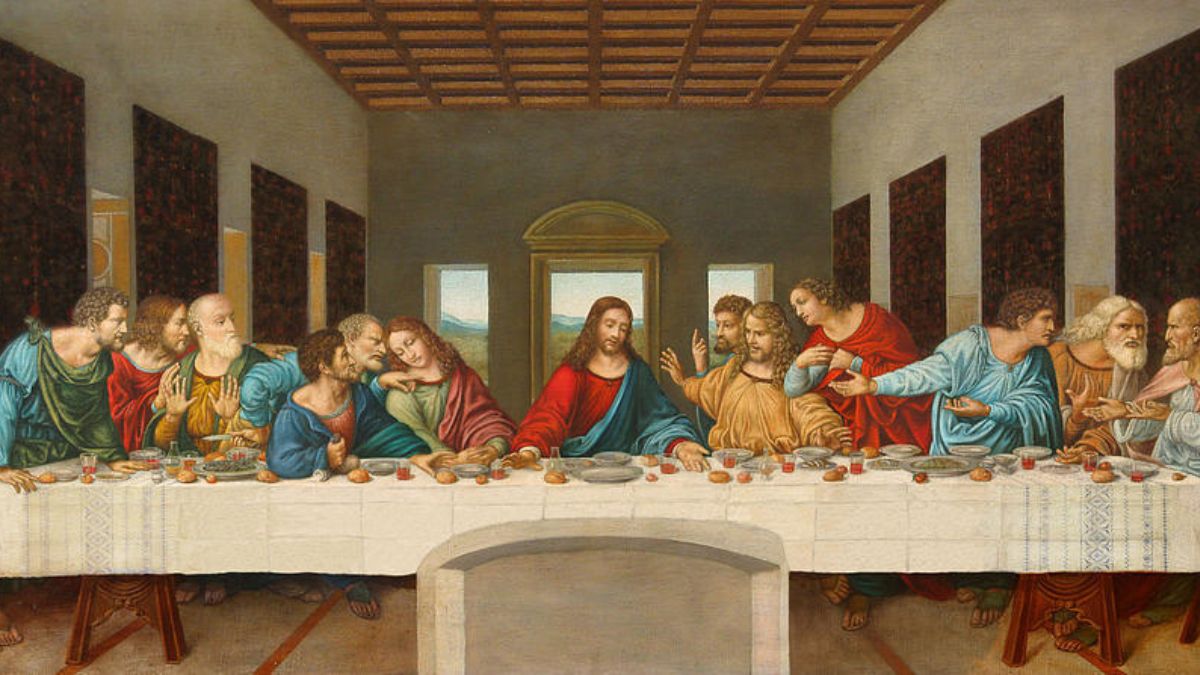

BreakPoint
Gender Blender
Back rubs, slumber parties, holding hands, and playing with each others' hair: This is all typical teenage girl behavior. While boys tend to rough-house, girls tend to be more affectionate. It's always been innocent. Until now, that is, writes Washington Post writer Laura Sessions Stepp. Nowadays, "sexual preference is a shifting concept" among adolescent girls, and in our sex-charged culture affectionate behavior between girls has gone well beyond child's play. It's hard to tell whether these girls are acting on attraction or are simply vying for attention. For example, in one Washington, D.C., private school, a group of girls charged boys $10 to watch girls make out. "In the protean world of young female sexuality, where all forms of expression are modeled," Stepp writes, "nothing is certain." As one Brown University female said, "I like women only right now, but who knows where I'll be in 25 years?" Researchers say this malleability of female sexuality is to be expected. Lisa Diamond of the University of Utah conducted a longitudinal study of women ages 16 to 23 who were attracted to other women and found that over eight years, two-thirds of them changed labels "from unlabeled to bisexual, lesbian to bisexual." One professor concluded, "there are multiple pathways to homosexuality." On one level, this phenomenon among young women is about the growing acceptance of homosexuality and how that affects them. When the Edmund Burke School in Washington, D.C., held a "diversity day," students gathered in a circle and were asked to step into the middle if they described themselves as homosexual. No students stepped forward. Then they were asked to step forward if they thought of themselves as bisexual, and of the sixty students present, fifteen stepped forward, including eleven girls. In the world of adolescence, young people are pursuing acceptance. "Whoever likes me, I like them," said one high-school girl. "Most of these girls aren't gay," said another. "They're just doing it because their friends are doing it." "These girls say they don't know what they are and don't need to know," writes Stepp. "Adolescence and young adulthood is a time for exploration . . . " That statement gets closer to the heart of the matter: They don't know, and in schools and in popular culture -- Britney Spears kissing Madonna -- they're encouraged to try it all. Today's sexually charged culture treats the options of gay, lesbian, bisexual, and transgendered as all equal, all accepted choices. So when a girl hugs another girl, she may wonder if she's lesbian or shy away from once-innocent behavior for fear of being thought lesbian. Add to that the possibility that girls may be reacting to bad experiences with boys, and we have complete confusion. Adolescents are being bombarded by messages from media, peers, and schools. The most detrimental message is "anything goes -- everything's legitimate." We need to encourage kids like never before that God designed them in His image, and He has a specific design for our relationships. They don't have to try out everything, only to be left in the end with nothing. For further reading: Laura Sessions Stepp, "Partway Gay?: For Some Teen Girls, Sexual Preference Is a Shifting Concept," Washington Post, 4 January 2004, D01. Suzanne Fields, "Civilization and lip-gloss morality," Townhall.com, 22 January 2004. Theodore Dalrymple, "All Sex, All the Time," City Journal, Summer 2000. Matt Kaufman, "Selling Homosexuality," Boundless, 27 June 2002. The BreakPoint Speak the Truth in Love resource kit includes many materials to help you talk about homosexuality with others, including a booklet on what to say to a gay friend and a study on homosexuality's health risks.
02/9/04















